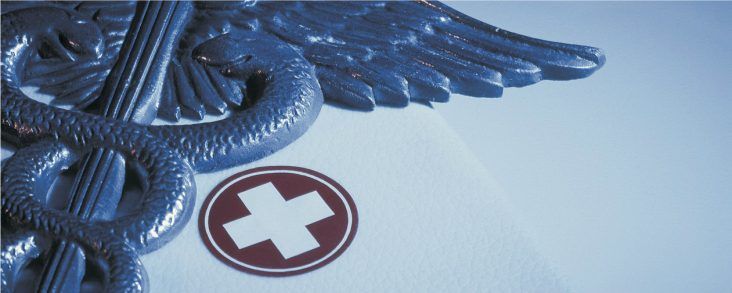Growth in eldercare demand requires 41.3 million consumers to give unpaid services
by October 4, 2017 5:23 pm 334 views

As the nation’s population continues to age, the number of consumers having to provide care to the elderly on a daily basis reached 41.3 million in the past two years, according to a recent report from the Bureau of Labor Statistics (BLS).
The report indicated 16% of the country’s civilian population age 15 and older are providing unpaid eldercare to someone 65 or older on a regular basis. That care ranged from grooming assistance, preparing meals and providing transportation. The average eldercare provider spends 2.8 hours a day assisting family members, neighbors or those living in retirement homes or assisted care facilities.
BLS looked specifically at the type of care, which took place between 2015 and 2016 and found 56% of the total eldercare providers were women. Females between the ages of 55 and 64 were most likely to provide eldercare and accounted for 24% of the total cohort. Women between the ages of 45 and 64 comprised 21% of the female eldercare providers and 19% of the eldercare providers over the age 65.
When looking at the duration of the care, the study indicates 48% of the eldercare providers had been providing the care for two years or less, while 14% had been giving unpaid care for 10 years or more. This care was given daily or several times a week by half of the eldercare providers.
More than a third (39%) of the eldercare providers cared for someone aged 85 or older, while 14% said they provided care for people between the ages 65 and 69. The younger eldercare providers between the age of 15 to 34 were most likely to provide care to a grandparent, while those aged 65 and older were most likely caring for a spouse.
The report found 83% of the time the eldercare provider did not live with the person they helped. Just 16% of eldercare providers lived in the same household with the one they provided help.
Care for the elderly can be time intensive, as 26% of the eldercare provides said they were engaged in providing services daily. The number of eldercare providers giving a wide range of help include:
- 37% – gave assistance with household duties
- 27% – helped prepare meals and clean up
- 37% – helped with social and leisure activities
The data also indicates there are a number of eldercare providers who are part of the “sandwich generation”, meaning those with aging parents and children still living in the home. BLS said there were 8.7 million of these eldercare providers and about a third of them had a child under 6 years old living in the home. The rest (67%) had children between the ages of 6 and 18 in the home while they also provide care to an aging parent.
Despite providing free eldercare regularly, most of the providers who were parents (81%) were also employed, with 64% working full-time. Male providers were more likely to work full-time than female, 86% of father were employed full-time compared to 48% of mothers. There were 17% of eldercare providers who were single parents working full-time.
COSTS ‘OUT OF REACH’
A study by MetLife Mature Market Institute found the number of caregivers have more than tripled over the past 15 years. The reason in part is people are living longer as the average age of death was 68 years old in 1950 and now it’s 79 which is 11 more years on average. Today there are about 6 million U.S. residents over the age of 85.
The MetLife study also found two out of three nonprofessional caregivers were women, many who were middle-aged with children at home or adult children still residing in the household. The study found the cost of putting parents into professional assisted living facilities was out of reach for many households at $45,000 a year, while shared rooms at nursing homes average about $83,000 annually, leaving families with no choice but to care for loved ones at home.
Genworth Financial estimates professional home health care costs in the Fayetteville metro area this year to be $41,184 annually. An adult day care facility cost is roughly $24,690, rising 9% over the past five years, and assisted living facility costs average $40,320, also up 5% since 2012.
In the larger Little Rock metro the costs were slightly lower for adult day care and assisted living options than in Northwest Arkansas. Jonesboro had slightly lower costs than Little Rock and the Fort Smith metro had higher home health costs of $44,616, but the lowest assisted living costs of $17,100, with costs decreasing 8% over the past five years.
The University of Indiana reports informal caregivers subsidize what would otherwise be costs to the Medicare system to the tune of $375 billion a year.
Continued challenges presented by the aging population outlined by the Population Reference Bureau last year include:
- The aging of the baby boom generation could fuel a 75% increase in the number of Americans requiring nursing home care, to about 2.3 million in 2030 from 1.3 million in 2010.
- Demand for eldercare will also be fueled by a steep rise in the number of Americans living with Alzheimer’s disease, which could nearly triple by 2050 to 14 million, from 5 million in 2013.
- The large share of elderly also means that Social Security and Medicare expenditures will increase from a combined 8% of gross domestic product in 2016 to 12% by 2050.
